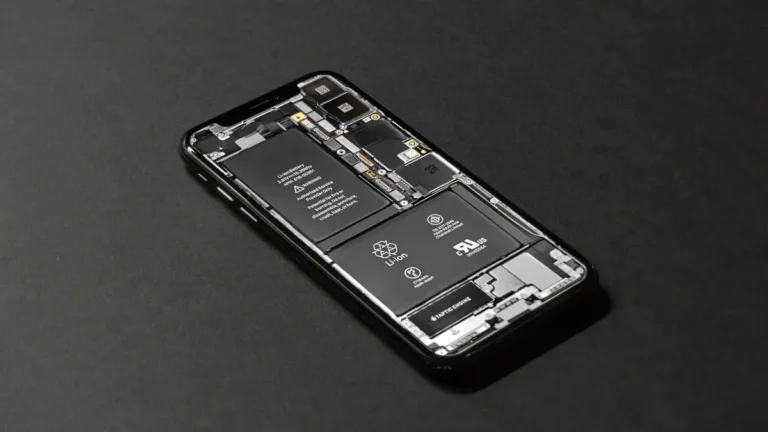Lithium Battery Activated Carbon
.webp)
Buy Lithium Battery Activated Carbon
Industry Challenges
Material Performance & Design
- Precise pore structure control for optimal ion transport
- Maintaining stability under extreme temperatures
- Balancing surface area with conductivity requirements
Sustainability & Compliance
- Developing renewable raw material alternatives
- Meeting evolving environmental regulations
- Ensuring cleaner production processes
- Addressing end-of-life recyclability
Manufacturing & Integration
- Achieving uniform electrode dispersion
- Maintaining energy density during integration
- Compatibility with existing production processes
- Scaling new material formulations
Industry Coordination
- Lack of standardized specifications
- Supply chain fragmentation
- Import dependencies for high-grade material
- Limited R&D collaboration across sector
related types of activated carbon
-r8fslg51nt6wgjtvh6yldxb1gtkgm3lpe0oq1akgog.webp)
- Iodine Value: 600-1200
- Mesh Size: 1×4/4×8/8×16/8×30/12×40/20×40/20×50/30×60/40×70 (More size on request)
- Apparent Density: 400-700
-r8fsli0q1h9h3rr567ruiwtynlb71ht629zozuhoc0.webp)
- Iodine Value: 500-1300
- Mesh Size:0.9-1mm/1.5-2mm/3-4mm/6mm/8mm(More size on request)
- Apparent Density: 450-600
-r8fslbfupn0gui0p8mxgjghqhw7mjm31pdfamwrfjk.webp)
- Iodine Value: 500-1300
- Mesh Size: 150/200/300/350 (More size on request)
- Apparent Density: 450 – 550
-r8fsle9da54btbwls65c8xs4a1tq6pe8prdr2qn90w.webp)
- Iodine Value: 400-800
- Mesh Size: 100×100×100mm/100×100×50mm (Custom cell density on request)
- Apparent Density: 350-450
- Bore Diameter:1.5-8mm

- Iodine Value: 700-1200 mg/g
- Surface Area: 700-1200 m²/g
- Apparent Density: 320-550 kg/m³

- Iodine Value: 700-1200 mg/g
- Surface Area: 700-1200 m²/g
- Apparent Density: 320-550 kg/m³

- Iodine Value: 700-1200 mg/g
- Surface Area: 700-1200 m²/g
- Apparent Density: 300-650 kg/m³
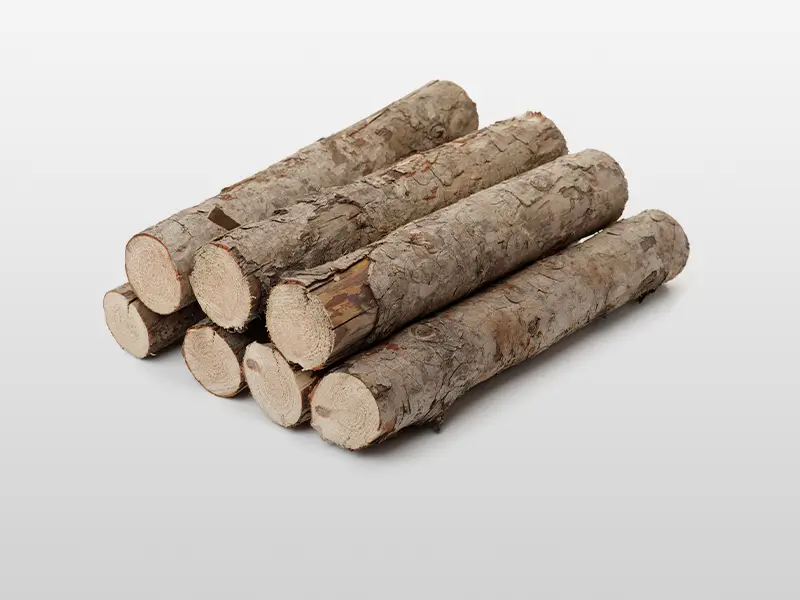
- Iodine Value: 700-1200 mg/g
- Surface Area: 700-1200 m²/g
- Apparent Density: 320-550 kg/m³

- Activation Method: Steam/gas activation at high temperatures
- Pore Structure: Microporous-dominated, uniform pore distribution
- Environmental Profile: Chemical-free, low ash content
- Primary Applications: Gas-phase adsorption, drinking water purification

- Activation Method: Chemical activation (e.g., H₃PO₄/ZnCl₂) at moderate temperatures
- Pore Structure: Mesoporous-rich, higher surface area
- Process Efficiency: Shorter activation time, 30-50% higher yield
- Post-Treatment: Acid-washing required to remove residues

- Functionalization: Loaded with active agents (e.g., I₂/Ag/KOH)
- Targeted Adsorption: Enhanced capture of specific pollutants (e.g., Hg⁰/H₂S/acid gases)
- Customization: Chemically optimized for target contaminants
- Core Applications: Industrial gas treatment, CBRN protection
Why Use Our Activated Carbon

Tailored Pore Architecture:
(1) Precision-engineered micro/mesopore distribution for optimal ion diffusion kinetics.
(2) Hierarchical structure designed specifically for lithium-ion transport requirements.
(3) Consistent pore geometry ensuring predictable electrochemical performance.

Enhanced Durability & Regenerability:
(1) conductivity across extreme temperature ranges.
(2) Robust structural integrity preventing degradation during rapid charge/discharge cycles.
(3) Chemically inert composition minimizing parasitic reactions with electrolytes.

Sustainable Material Provenance:
(1) Certified renewable feedstocks with full traceability from source to production.
(2) Waste-to-value manufacturing aligned with circular economy principles.
(3) Low environmental footprint processes meeting global compliance standards.

Technical Integration Support:
(1) Pre-optimized surface functionality for seamless electrode integration.
(2) Customizable particle morphology matching specific manufacturing requirements.
(3) Dedicated application engineering for battery system compatibility validation.

Supply Chain Assurance:
(1) Vertically integrated production ensuring consistent quality control.
(2) Scalable manufacturing capacity with guaranteed material traceability.
(3) Global logistics network enabling reliable just-in-time delivery.
Process and Technolog
1.As Anode Material in Lithium-Ion Batteries
Solution Overview
Microporous activated carbon (e.g., coconut shell-derived) serves as a sulfur host in cathodes. Its high surface area and tunable pore structure immobilize sulfur and trap polysulfides, mitigating the "shuttle effect".
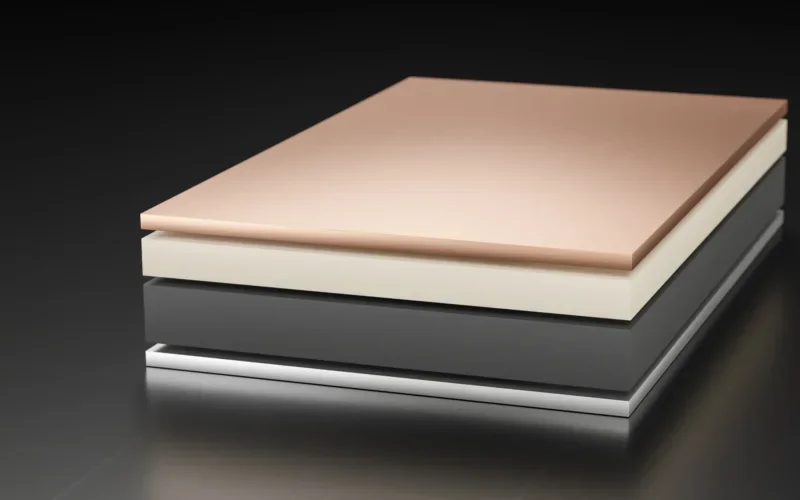
Key Advantages
- Enhanced Capacity Retention: Biomass-derived activated carbon maintains stable reversible capacity over extended cycles due to robust structural integrity.
- High Rate Capability: The hierarchical pore network (micro/mesopores) enables rapid ion diffusion, supporting fast charging without significant capacity loss.
- Sustainable Sourcing: Utilizes agricultural or industrial waste (e.g., tea residues, argan shells), reducing environmental footprint.
2. In Lithium-Ion Capacitors
Solution Overview
Activated carbon functions as the cathode material paired with battery-type anodes (e.g., Li₄Ti₅O₁₂), combining high power density (capacitor-like) with high energy density (battery-like) through electric double-layer capacitance.
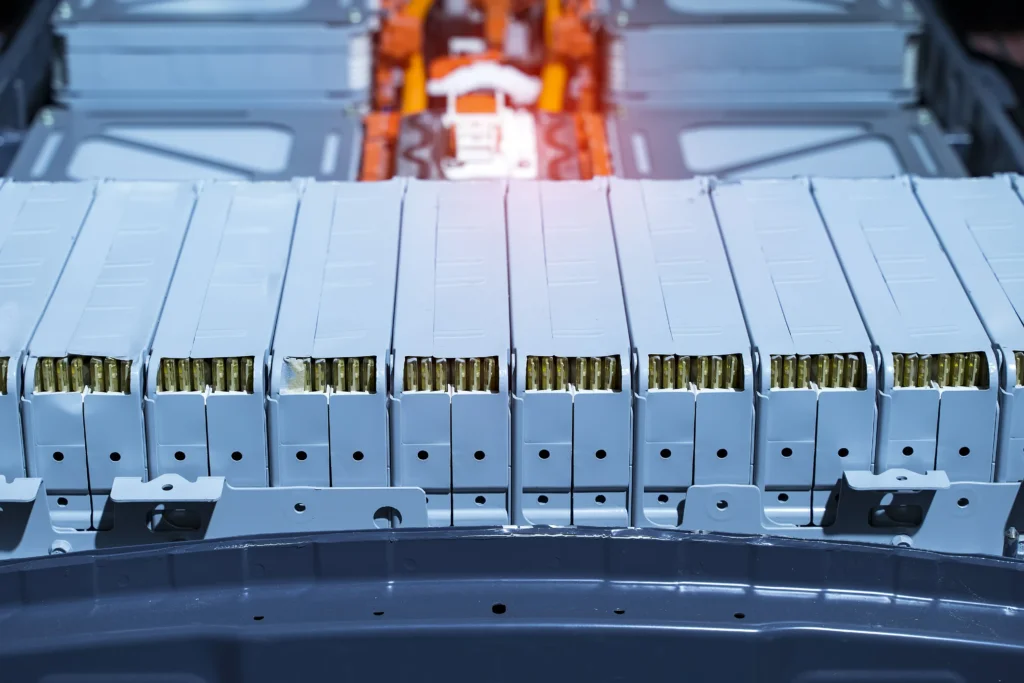
Key Advantages
- High Power Delivery: Rapid ion adsorption/desorption at the carbon-electrolyte interface enables ultrafast charge/discharge.
- Long Cycle Life: Electrostatic storage mechanism minimizes degradation, ensuring longevity exceeding typical batteries.
- Electrolyte Compatibility: Dielectric optimization of electrolytes enhances voltage stability and reduces decomposition.
3. For Tail Gas Treatment in Battery Manufacturing
Solution Overview
Activated carbon systems (e.g., movable mesh belts) adsorb volatile organic compounds and pollutants from lithium-ion battery production exhaust, improving environmental compliance.
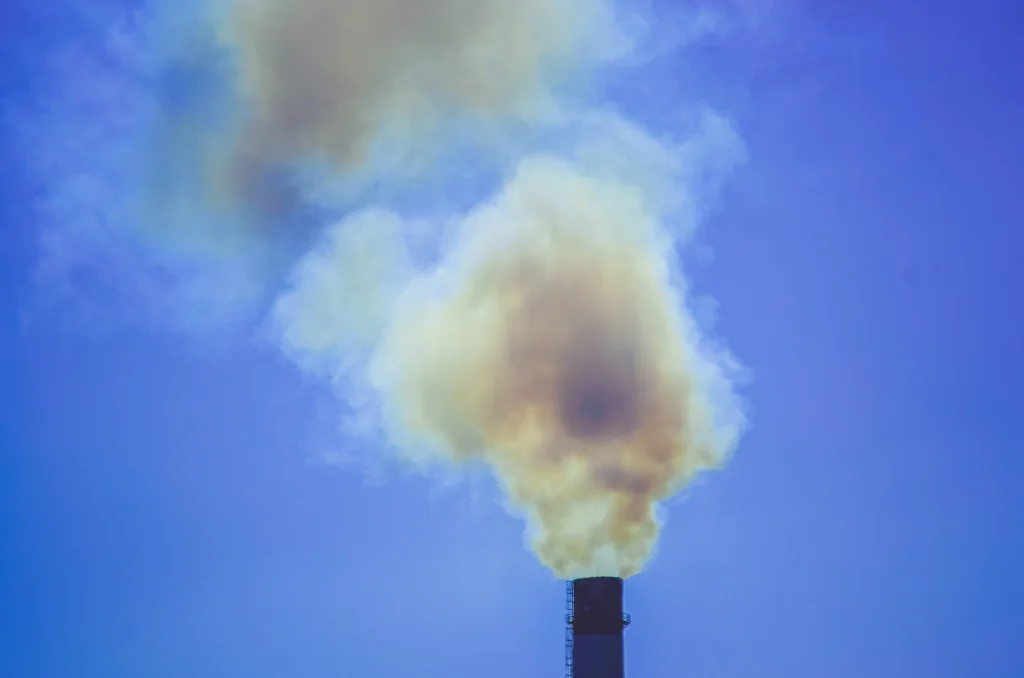
Key Advantages
- Efficient Adsorption Kinetics: High surface area captures diverse pollutants with minimal downtime for carbon replacement.
- Process Integration: Modular design integrates with existing production lines, reducing operational disruptions.
- Resource Optimization: Extended carbon utilization lowers waste generation.
4. In Wastewater Treatment for Battery Industry
Solution Overview
Activated carbon from invasive plants (e.g., horsetail grass) treats heavy metals, organics, and phosphates in lithium battery wastewater via tailored pore chemistry and metal-doped activation.
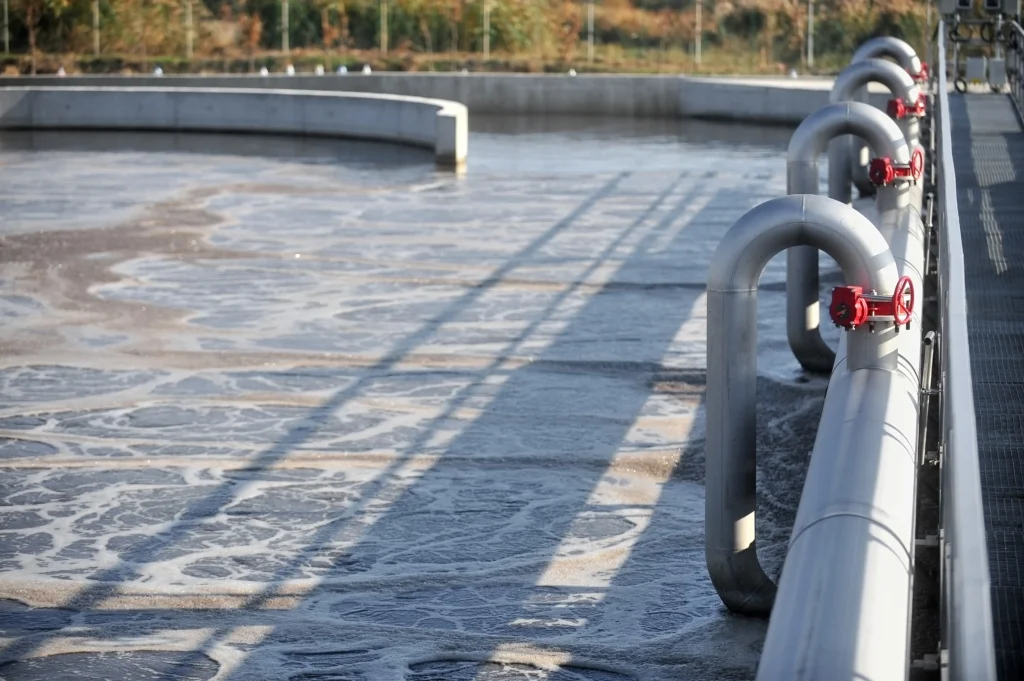
Key Advantages
- Multipollutant Removal: Functional groups and metal doping (e.g., Fe, Al) enhance adsorption selectivity for complex contaminants.
- Renewable Feedstock: Uses fast-growing biomass, aligning with circular economy principles.
- Scalable Production: Simplified activation processes enable cost-effective industrial deployment.

